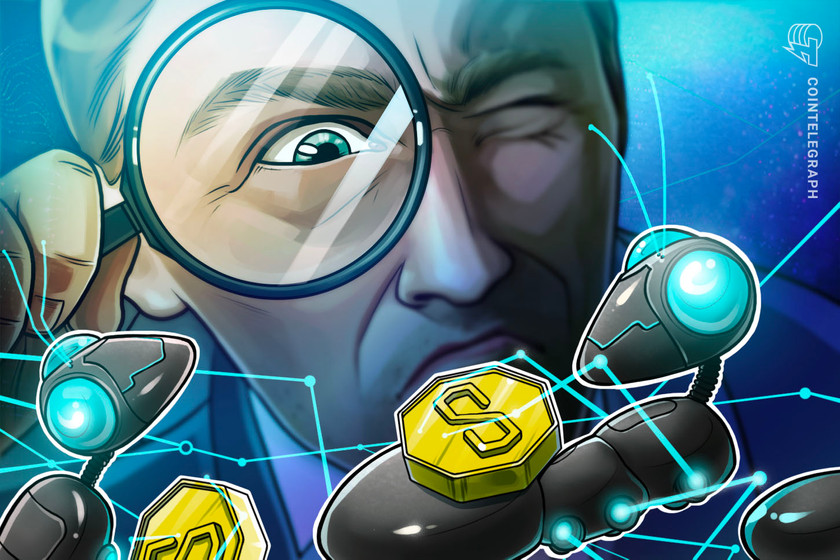Draft US stablecoin bill would ban new algo stablecoins for 2 years


It’s reported the bill’s definition will cover “endogenously collateralized stablecoins,” which depend on the value of an attached cryptocurrency from the same creator for it to maintain a stable price.
Draft legislation in the United States House of Representatives would place a two-year ban on new algorithmic stablecoins such as TerraUSD Classic (USTC), which depegged from the U.S. dollar earlier this year, causing widespread crypto market contagion.
The bill would criminalize the creation or issuance of new “endogenously collateralized stablecoins,” according to a current draft of the legislation obtained by Bloomberg.
However, the legislation includes a grace period of two years for existing algorithmic stablecoin providers to change their models and collateralize their offerings differently.
The definition would reportedly cover stablecoins that depend on the value of another virtual asset from the same creator to maintain its price and is marketed as having the ability to be converted, repurchased or otherwise redeemed for a fixed price.
The bill raises concerns over whether stablecoins such as Synthetix USD (SUSD) would fall under the definition, as it is currently collateralized with the native asset of the same protocol in the SNX token. Other algo-stablecoins with a similar structure include BitUSD which is backed by BitShares (BTS).
Those well-educated on crypto understand that Terra doesn’t represent all stablecoins, Celsius wasn’t DeFi, 3AC had nothing to do with the technology, etc.
But as in all things, it’s a lot harder to engage with those nuances than to simply say “crypto bad, regulate it to death.”
— Jake Chervinsky (@jchervinsky) September 19, 2022
The draft bill also mandates the U.S. Treasury to undertake a study on algorithmic stablecoins and consult with the Federal Reserve, the Securities and Exchange Commission, the Federal Deposit Insurance Corporation and the Office of the Comptroller of the Currency.
It’s possible the panel could vote on the bill as early as next week, as Bloomberg reports people familiar with the legislation state Democratic Representative Maxine Waters and Republican Patrick McHenry have been working to reach an agreement on the legislation, although it’s unknown if McHenry approved the latest draft.
Related: The crypto industry can trust Cynthia Lummis to get regulation right
Waters Chairs the House Financial Services Committee, of which McHenry is a ranking member, both heard testimony at a hearing Tuesday that USD-backed stablecoins could enhance national security due to the perceived prestige and reliability of the dollar.
USTC, formerly known as TerraUSD (UST) is an algorithmic stablecoin that lost its 1:1 peg with USD in early May, hitting an all-time low of $0.006 in mid-June, resulting in tens of billions of dollars worth of losses.





